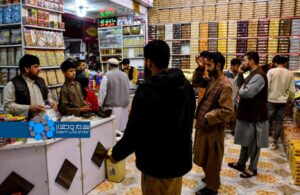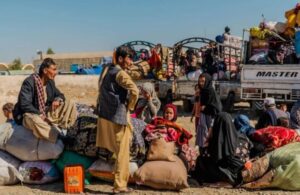MONITORING (SW) – Agriculture is the sole source of income for some families in most provinces, and the destruction of the fields due to the ruinous flood has left many fearing famine.
Fazlullah Zamani, a resident of the village Madrasa in central Ghor, who has lost all his agricultural land due to recent floods, says, “In the floods that hit our area, all our crops such as potatoes, beans, and wheat were destroyed. The government took pictures but has not provided any assistance yet. Our only source of income was our farming, and we are asking for help.”
Similarly, Alozay, who has been farming in Dahana-e Ghori district of Baghlan for 12 years, also lost four jeribs of bean crops due to the recent floods. He says that has not yet received any aid from the de-facto government of the Islamic Emirate. “We planted four jeribs, but the floods destroyed them. Now we don’t know what to do. We ask the government to control the floods.”
An international network known as the Famine Early Warning Systems Network (FEWS NET) reported on Friday that in April alone, floods in Afghanistan destroyed 10,000 jeribs of agricultural land.
The report also highlighted that the return of Afghan migrants from Iran and Pakistan could lead to continued food insecurity in the southern and southeastern regions of Afghanistan.
Officials at the Ministry of Agriculture, Irrigation, and Livestock stated that they are currently distributing aid to families affected by the recent floods. Misbahuddin Mustaeen, spokesperson for the ministry, said that after the initial aid distribution, a survey of the agricultural lands destroyed by the floods would commence.
The United Nations World Food Programme (WFP) had previously stated that $14 million is needed to address the impact of the floods in Afghanistan.






